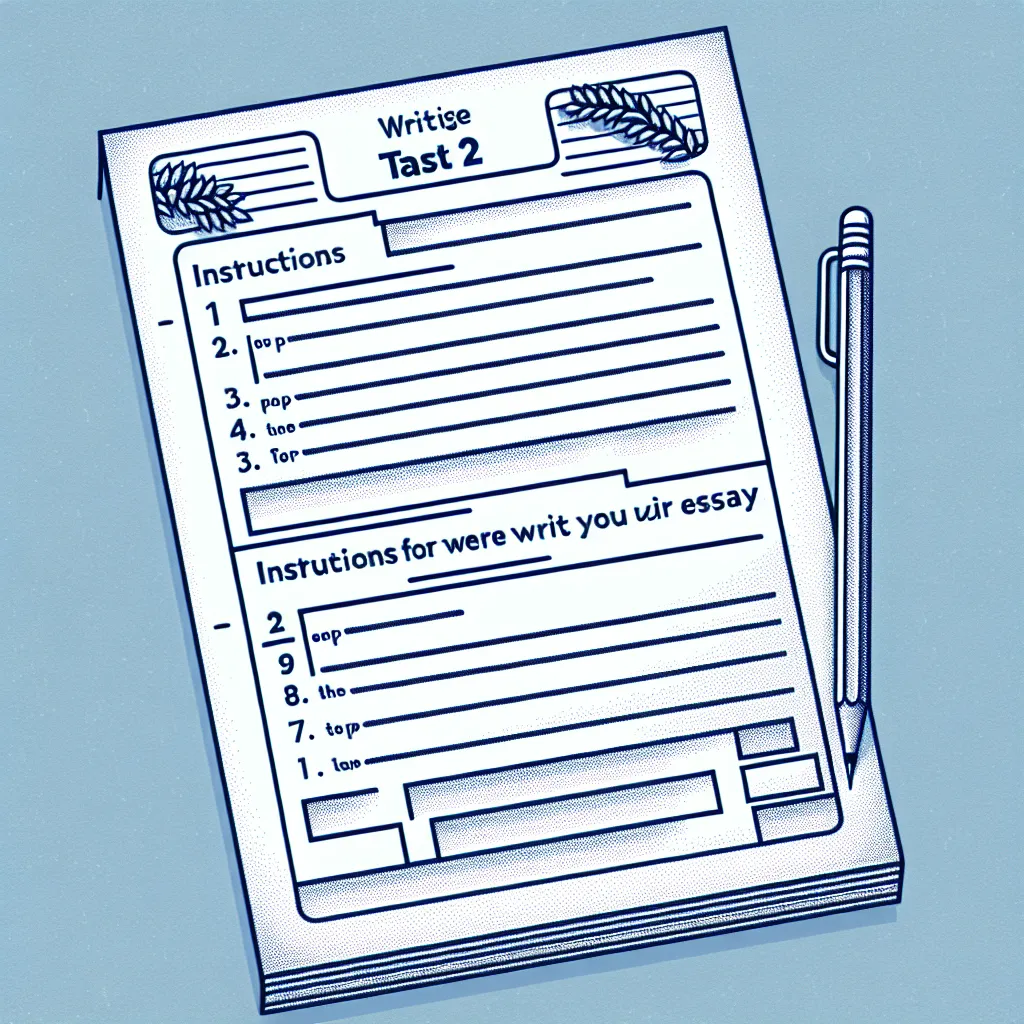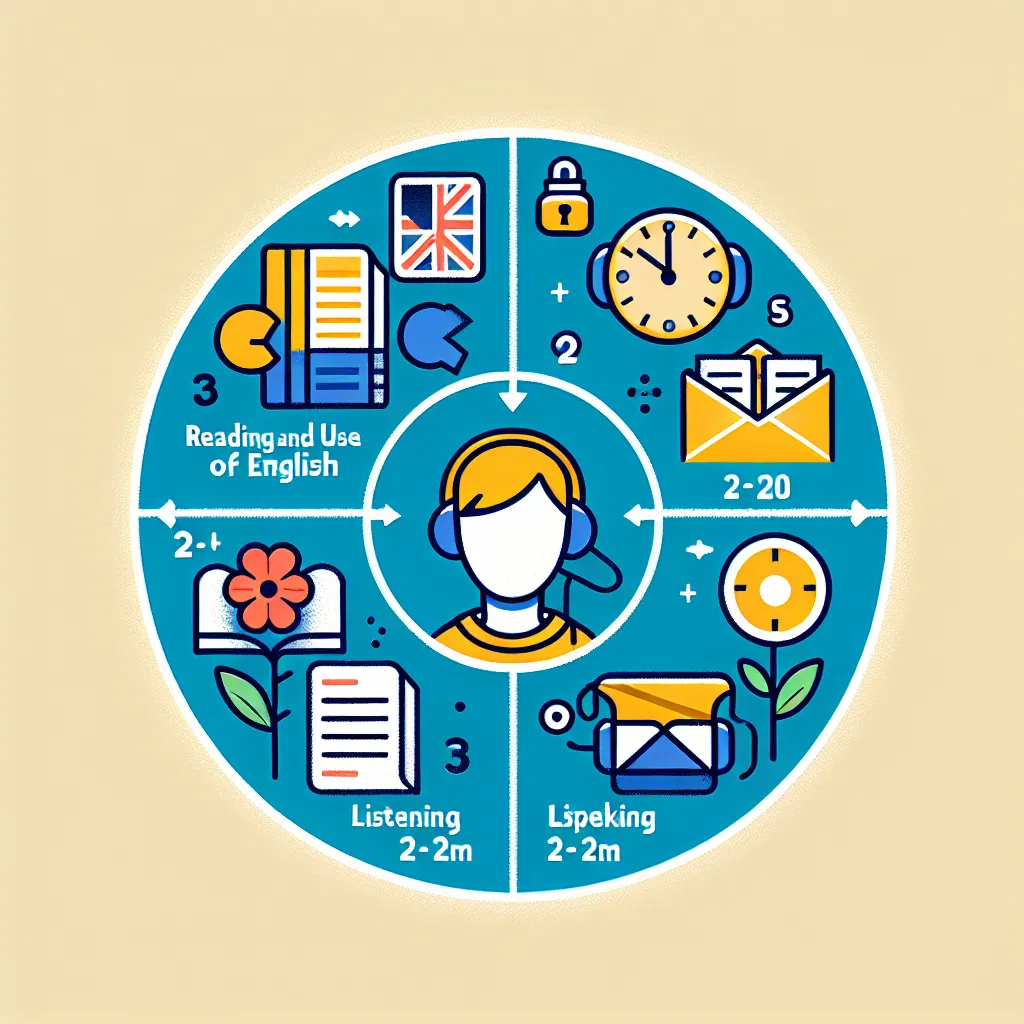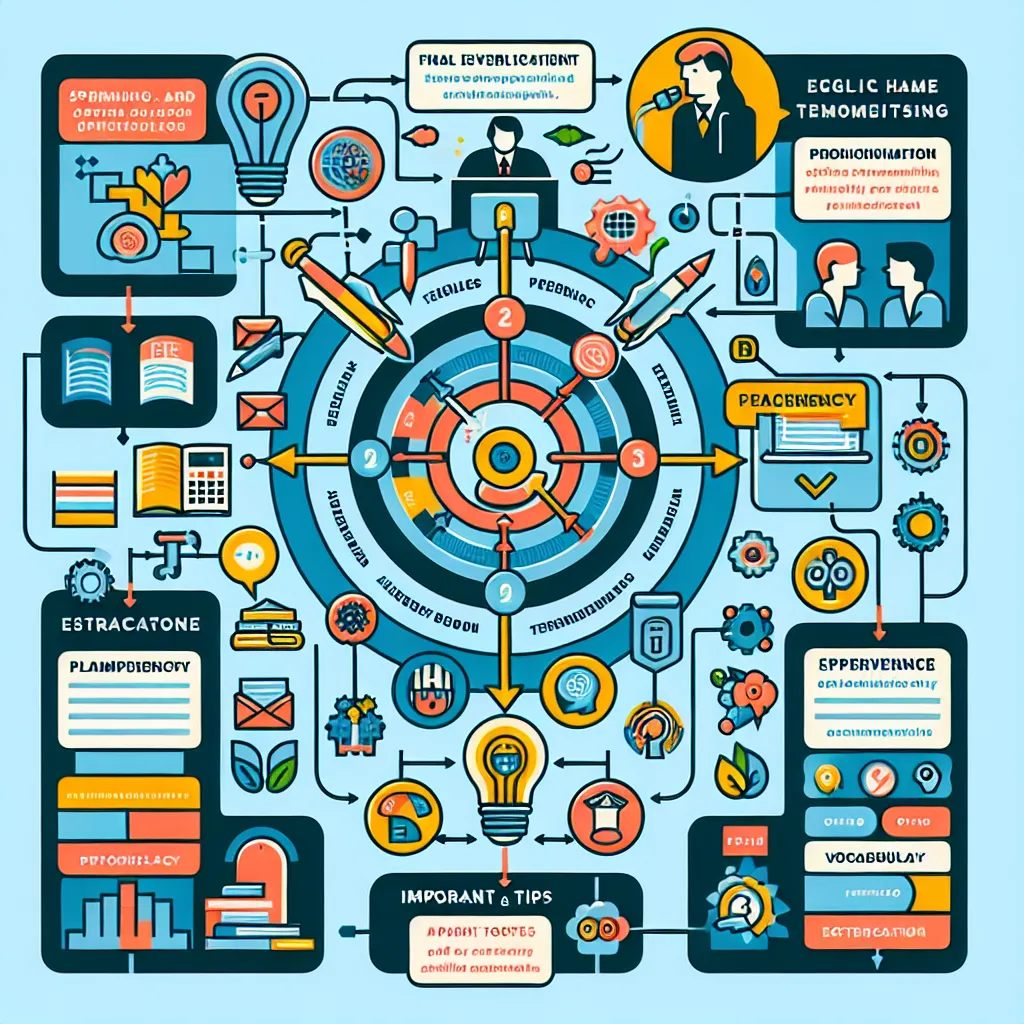Are you preparing for the Cambridge Exams and feeling overwhelmed by the Reading Matching Information task? You’re not alone. This guide will provide you with the best strategies to tackle this challenging section, ensuring you’re well-equipped to succeed in your Cambridge exam.
 Cambridge Reading Test
Cambridge Reading Test
Understanding Cambridge Reading Matching Information
Before diving into strategies, it’s crucial to understand what the Reading Matching Information task entails. This section tests your ability to locate specific information within a text and match it to corresponding statements or questions. It’s a common component in various Cambridge exams, including FCE, CAE, and CPE.
Why is this skill important?
- Real-world application: This skill mirrors the ability to quickly find relevant information in everyday life, such as scanning documents or websites.
- Academic relevance: It’s essential for research and study in higher education.
- Professional value: Many careers require the ability to efficiently extract specific information from lengthy texts.
Top Strategies for Success
1. Skim the text first
Before looking at the questions, quickly skim through the entire passage to get a general idea of its structure and content.
- Read the first and last sentences of each paragraph
- Note any headings, subheadings, or emphasized text
- Identify the main topic of each paragraph
This initial overview will help you navigate the text more efficiently when answering questions.
2. Analyze the questions carefully
- Read each question thoroughly
- Underline key words or phrases
- Identify the type of information you’re looking for (e.g., names, dates, reasons, examples)
3. Use keyword matching
Look for words or phrases in the text that are similar to those in the questions. However, be cautious of paraphrasing – the exact words may not always be used.
Example:
Question: “What caused the decline in bird populations?”
Text: “The dramatic decrease in avian numbers can be attributed to habitat loss.”
Here, “decline” matches with “decrease,” and “bird populations” with “avian numbers.”
4. Employ scanning techniques
Rather than reading every word, train your eyes to move quickly down the page, searching for relevant information.
- Use your finger or a pen to guide your eyes
- Look for capitalized words, numbers, or dates that might be relevant
- Focus on topic sentences (usually the first or last sentence of a paragraph)
5. Eliminate incorrect options
If you’re unsure about an answer, try to eliminate options that are clearly wrong. This increases your chances of selecting the correct answer.
6. Pay attention to paragraph references
Some questions may specify which paragraph to look in. Use this information to narrow your search and save time.
7. Be aware of distractors
The exam may include information that seems relevant but doesn’t actually answer the question. Stay focused on what the question is specifically asking.
8. Practice active reading
Engage with the text by:
- Highlighting key information
- Making brief notes in the margins
- Summarizing main ideas
This helps you process and remember information more effectively.
Common Pitfalls to Avoid
- Don’t spend too much time on one question. If you’re stuck, move on and come back later.
- Avoid making assumptions based on your own knowledge. Your answers should be based solely on the information in the text.
- Don’t ignore context. Sometimes, the information you need is spread across multiple sentences or paragraphs.
- Be careful not to choose an answer just because it contains words from the question. Ensure it actually answers what’s being asked.
Practice Techniques
- Timed practice: Set a timer to simulate exam conditions and improve your speed.
- Use official Cambridge practice materials to familiarize yourself with the exam format.
- Read widely in English (newspapers, academic articles, blogs) to improve your reading speed and comprehension.
- Create your own matching exercises from texts you find interesting.
 Cambridge Reading Practice
Cambridge Reading Practice
Next Steps
Now that you’re armed with these strategies, it’s time to put them into practice. Start with shorter texts and gradually increase difficulty. Remember, consistency is key – regular practice will significantly improve your performance.
- Set a study schedule: Allocate specific times for reading practice.
- Track your progress: Keep a log of your scores and the types of questions you find challenging.
- Seek feedback: If possible, have a teacher or study partner review your answers and provide insights.
- Join study groups: Discussing strategies and challenges with peers can provide new perspectives and motivation.
By implementing these strategies and maintaining a consistent practice routine, you’ll be well-prepared to tackle the Reading Matching Information task in your Cambridge exam. Remember, improvement takes time, so be patient with yourself and celebrate your progress along the way.
Good luck with your Cambridge exam preparation!
[internal_links]




